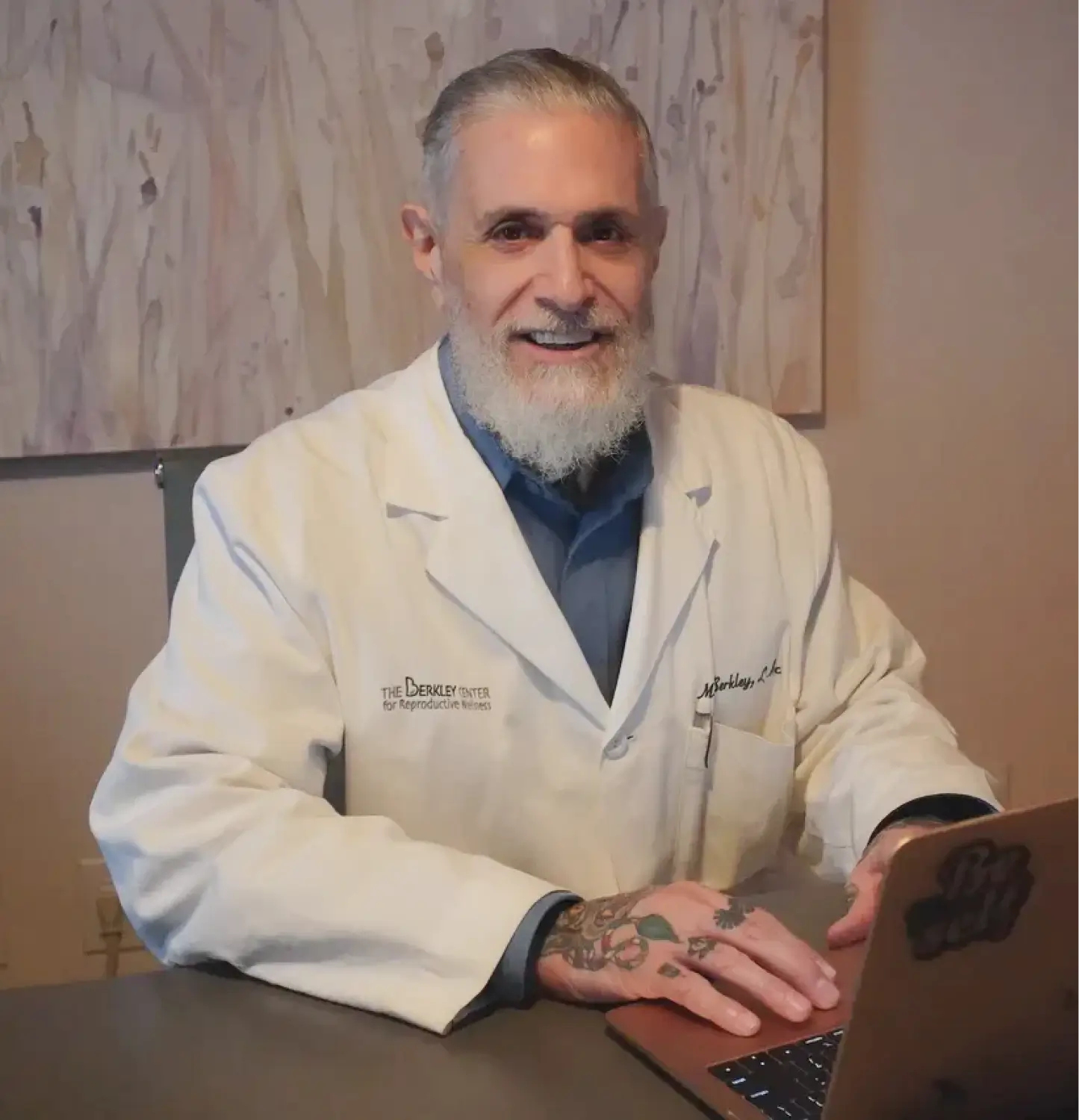As women age, their fertility declines, a process closely linked to the aging of ovarian granulosa cells. These cells play a crucial role in the development and function of ovarian follicles, which are essential for oocyte maturation and ovulation. One of the significant challenges associated with ovarian aging is the increased DNA damage in granulosa cells and a concurrent decrease in their DNA repair capacity. Recent research suggests that low-level light therapy (LLLT) at a wavelength of 830nm may offer a promising approach to mitigate these issues and improve granulosa cell function, thereby enhancing fertility.
Granulosa cells are pivotal in supporting oocyte development and maintaining ovarian function. They provide essential nutrients and signals that regulate oocyte maturation and follicular development. However, with age, granulosa cells experience increased oxidative stress, leading to DNA damage and impaired mitochondrial function. This damage is exacerbated by a decline in the cells’ ability to repair DNA, contributing to reduced ovarian reserve and fertility.
DNA damage in granulosa cells can occur due to various factors, including oxidative stress and environmental insults. Reactive oxygen species (ROS) are a primary source of such damage, leading to double-strand breaks and other genomic instabilities. The efficiency of DNA repair mechanisms, such as base-excision repair (BER) and homologous recombination, declines with age, further compounding the problem. Key proteins involved in these repair pathways, such as BRCA1/2 and DNA polymerase β, show reduced activity in aging granulosa cells, leading to an accumulation of DNA lesions.
LLLT, also known as photobiomodulation, involves the use of low-intensity light to stimulate cellular processes. The 830nm wavelength has been shown to penetrate tissues effectively and influence cellular function. In the context of granulosa cells, LLLT at 830nm has been found to enhance mitochondrial activity, reduce oxidative stress, and promote DNA repair mechanisms.
The application of LLLT at 830nm in reproductive medicine holds significant promise. By improving the quality and function of granulosa cells, LLLT can potentially delay ovarian aging and enhance fertility in older women. This non-invasive therapy could be integrated into fertility treatments to improve outcomes for women experiencing age-related fertility decline.

The decline in granulosa cell quality due to increased DNA damage and reduced repair capacity is a significant factor in age-related fertility decline. Low-level light therapy at 830nm offers a novel approach to address these issues by enhancing mitochondrial function, promoting DNA repair, and reducing oxidative stress. Further research and clinical trials are needed to fully understand the potential of LLLT in improving fertility and delaying ovarian aging.
Here are some academic studies that explore the impact of low-level light therapy (LLLT) on oocyte quality improvement:
These studies collectively suggest that low-level light therapy has a positive effect on the maturation, fertilization, and overall quality of oocytes across various species.

Mike Berkley, LAc, FABORM, is a licensed and board-certified acupuncturist and a board-certified herbalist. He is a fertility specialist at The Berkley Center for Reproductive Wellness in the Midtown East neighborhood of Manhattan, New York.
View all posts